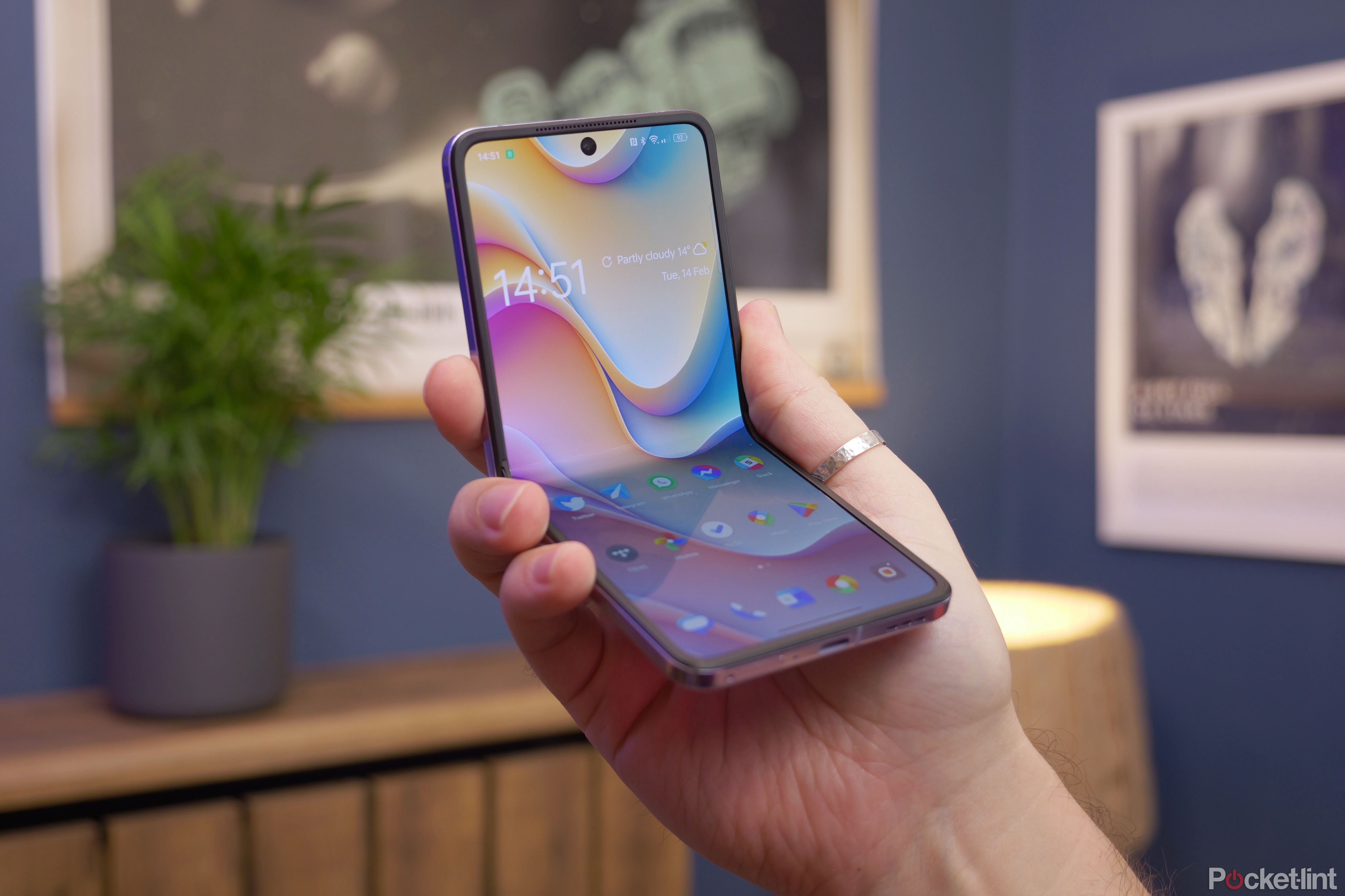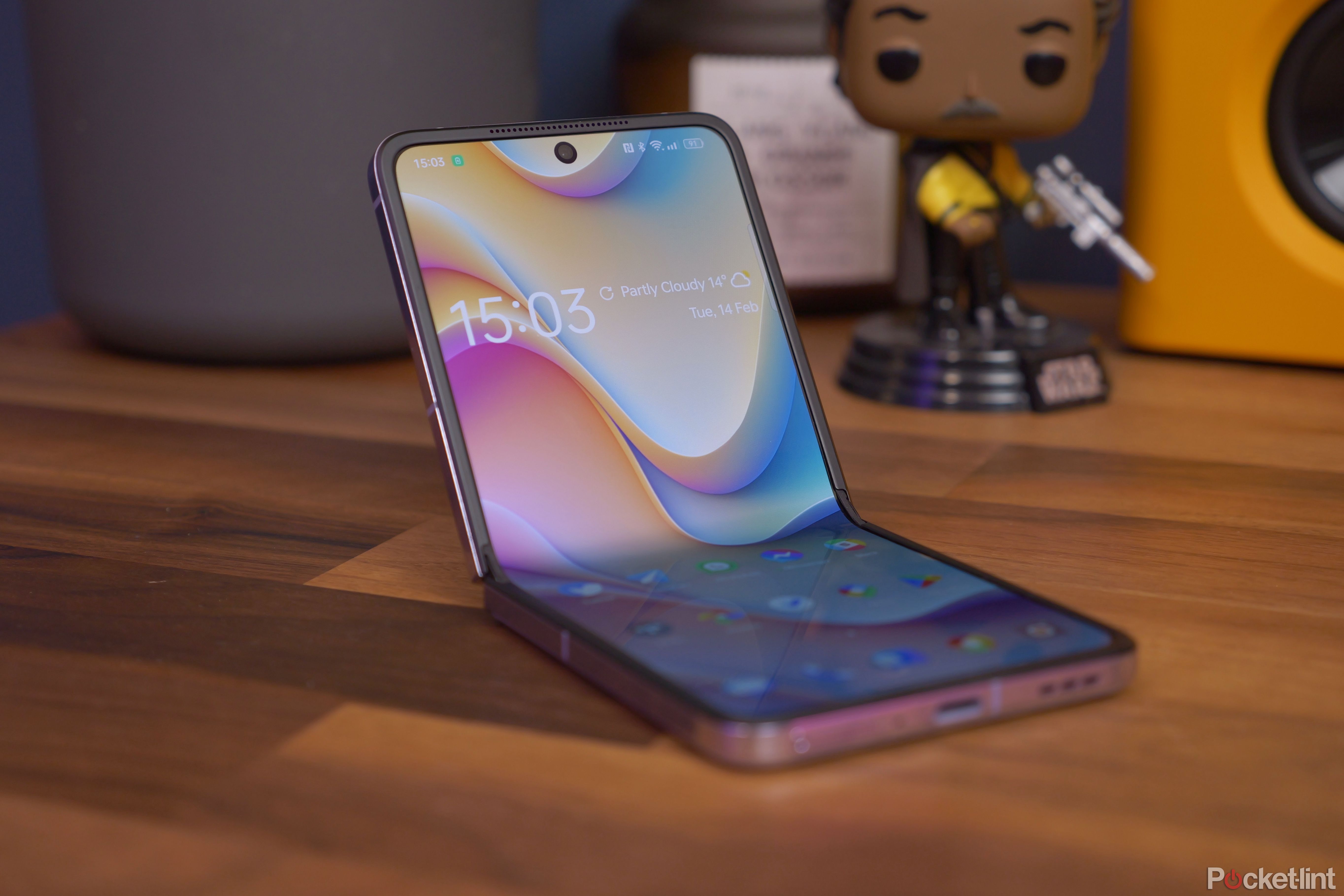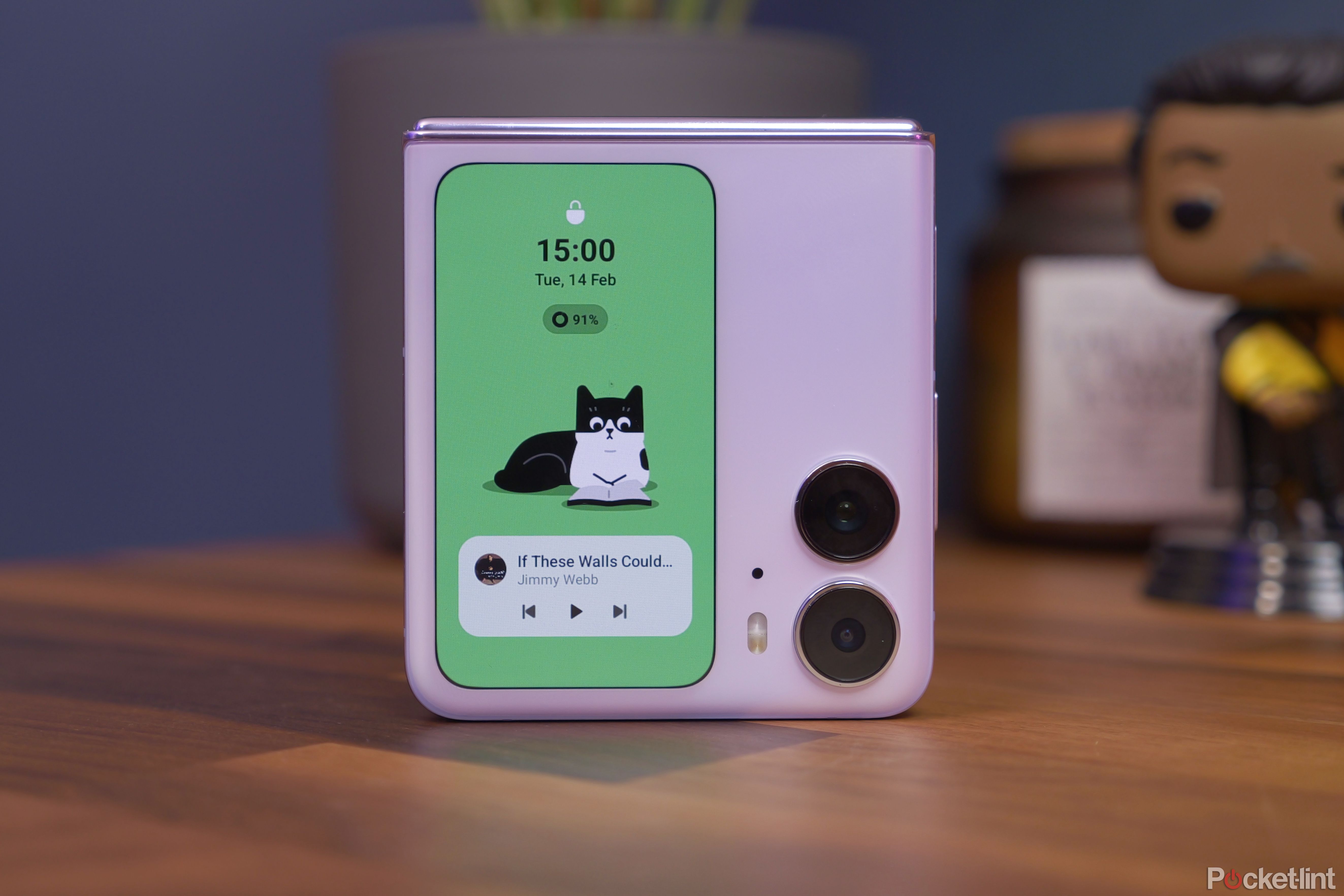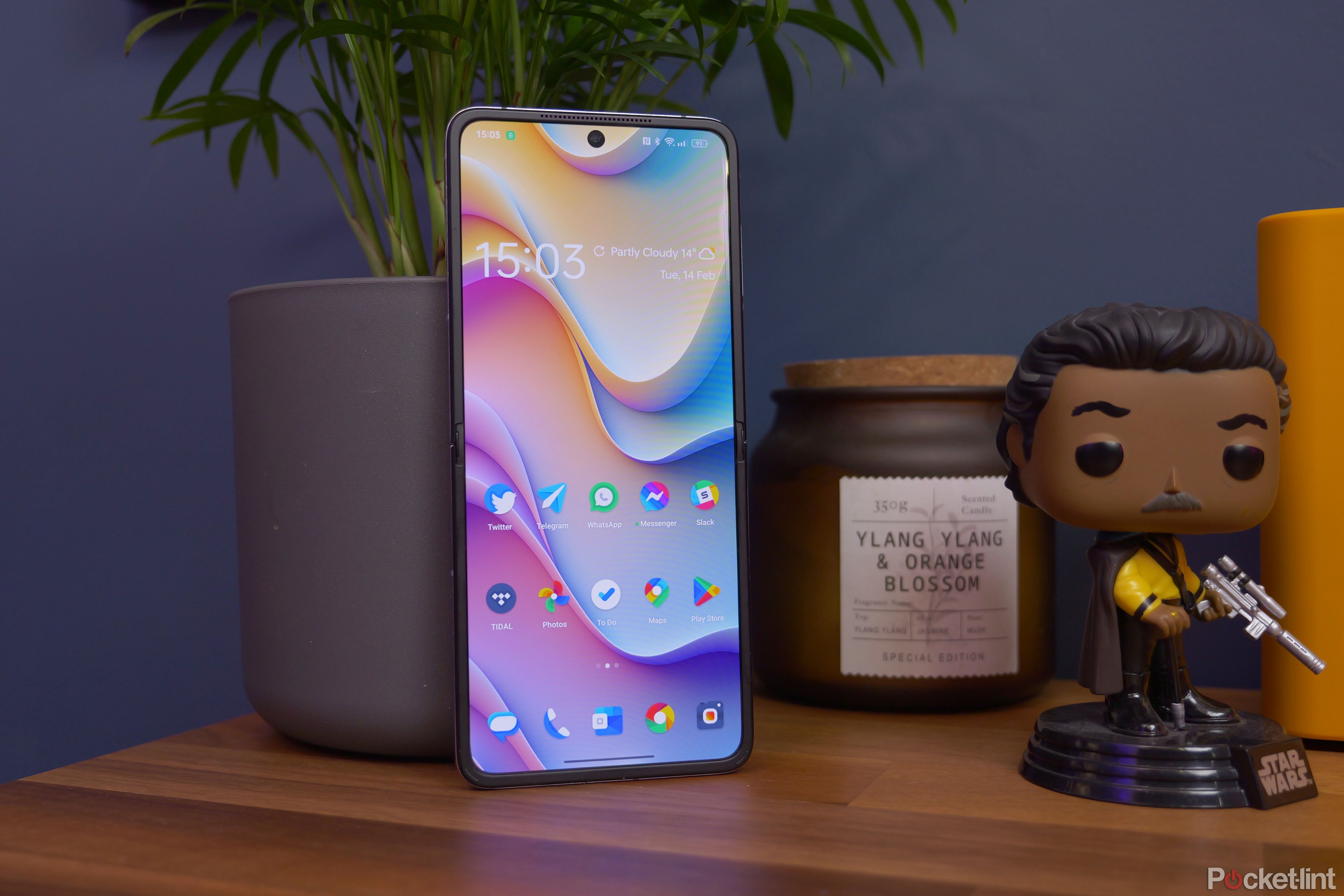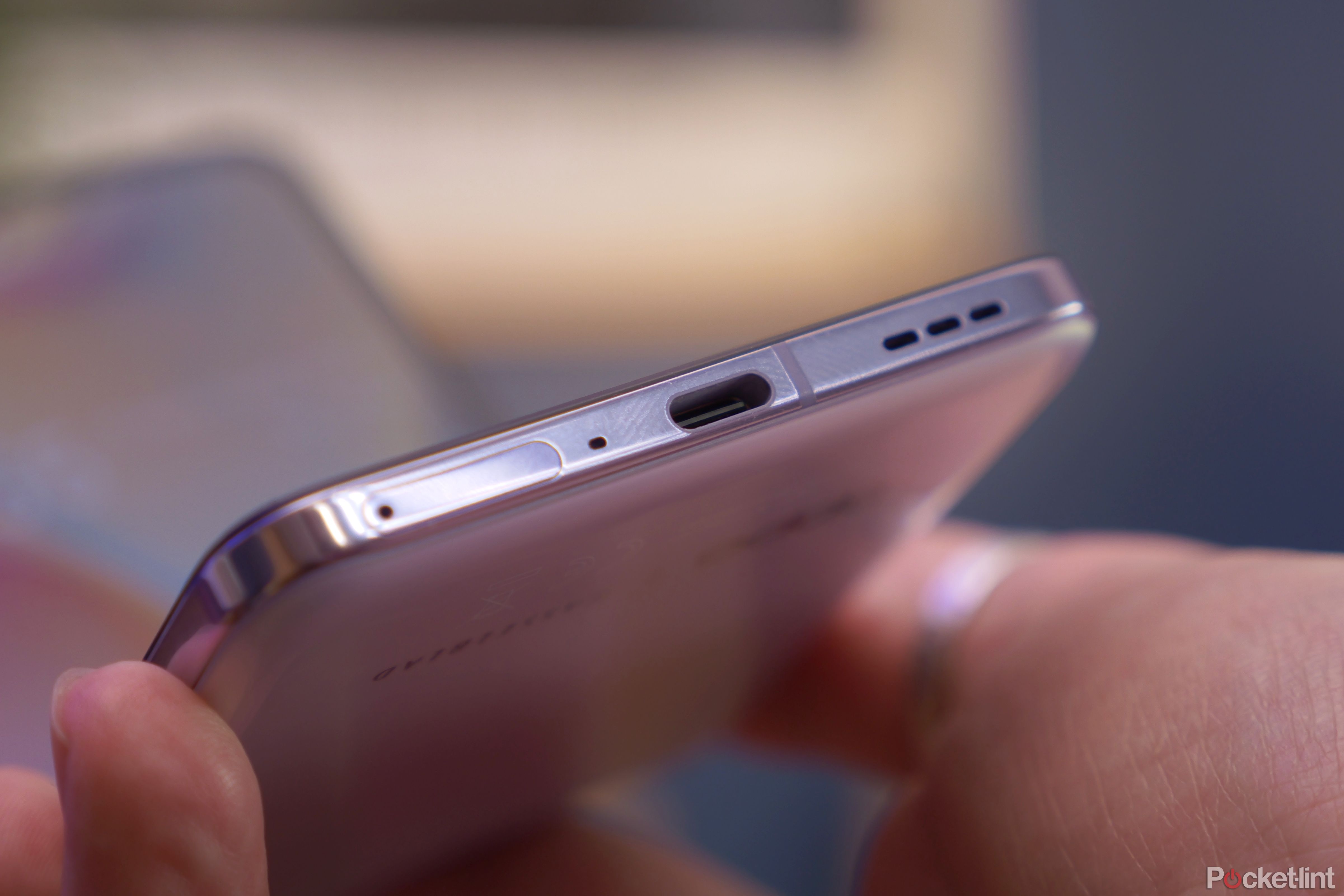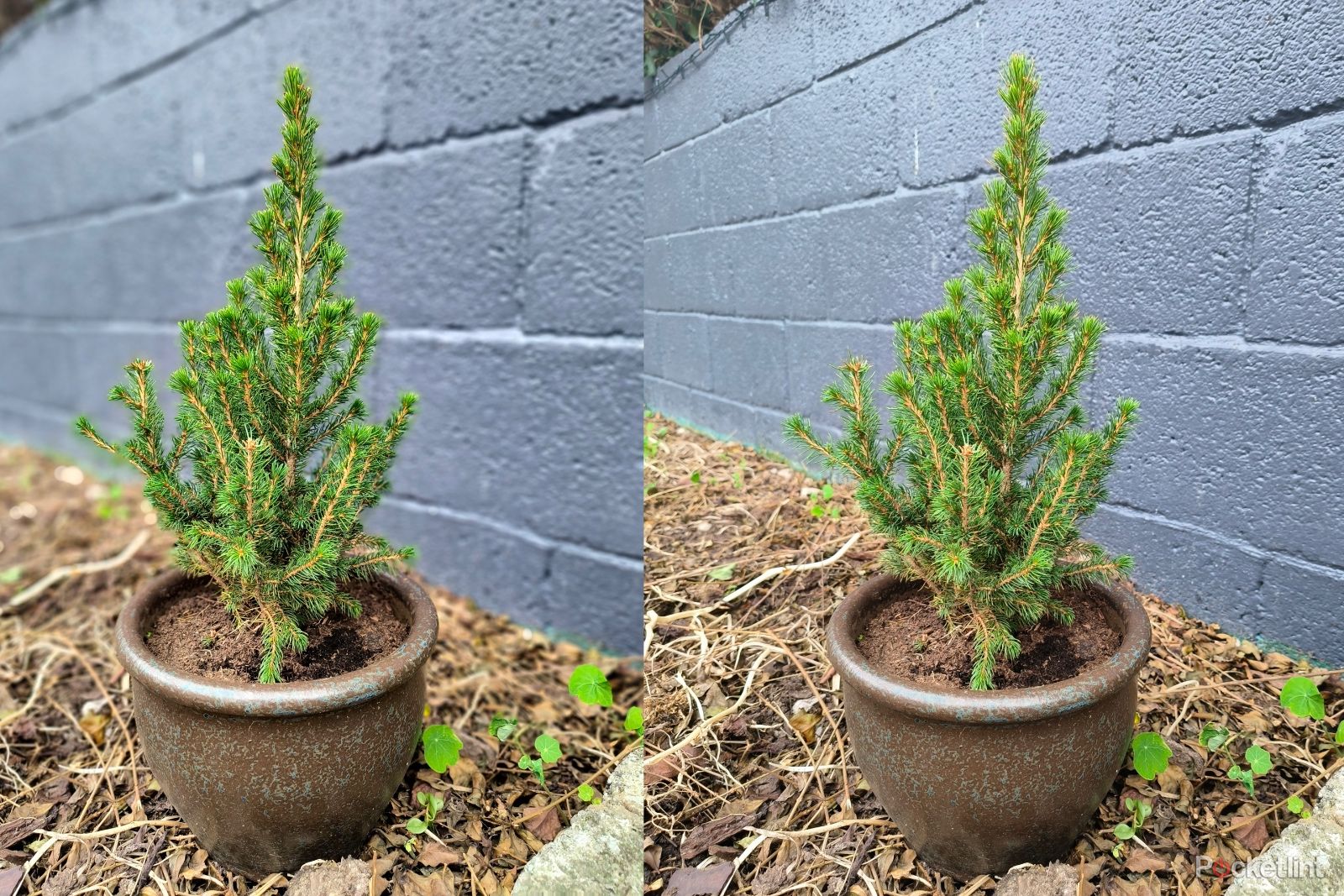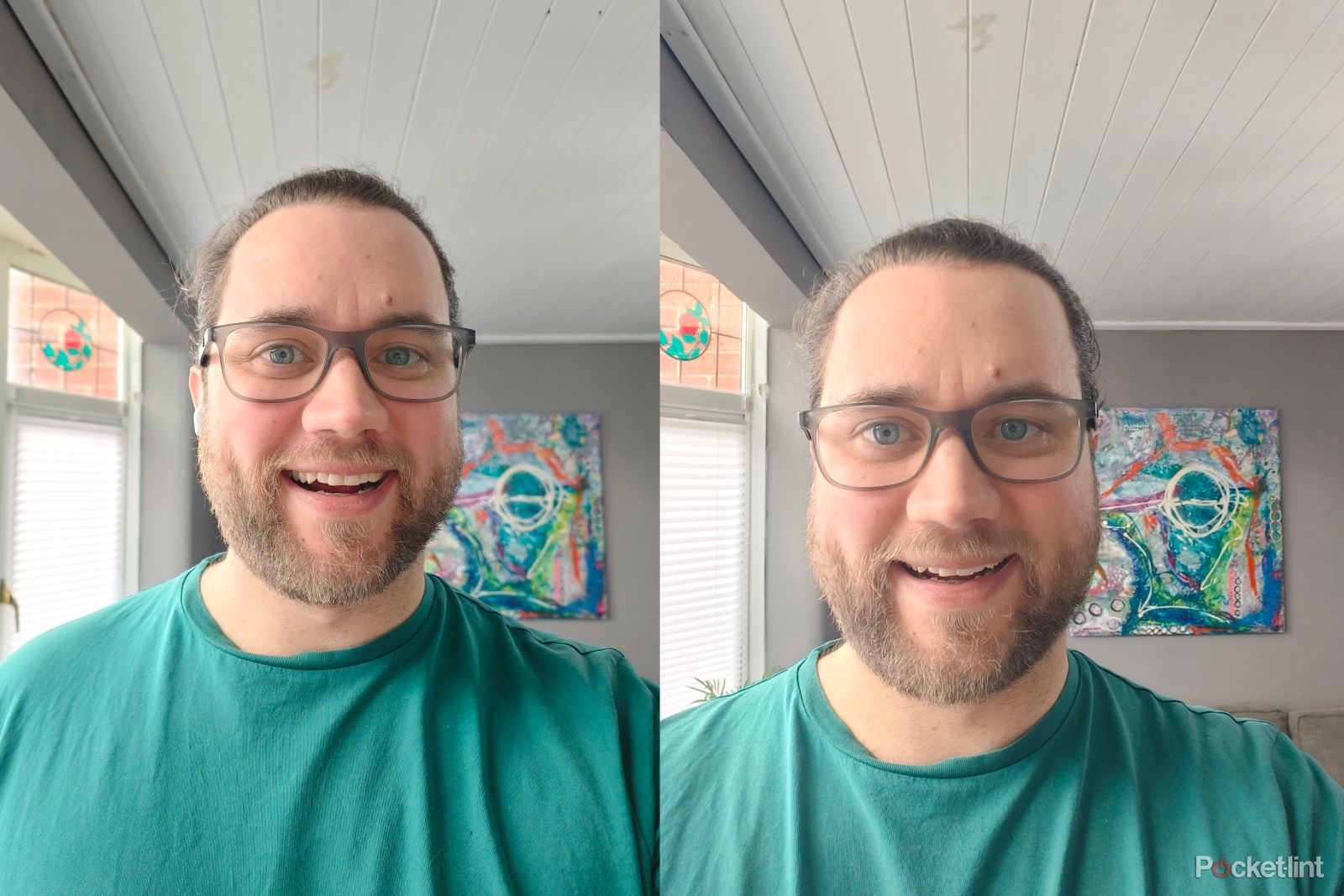For the past couple of years, the foldable smartphone market has been slowly picking up steam, with Samsung driving flexible phones into mainstream attention. Outside of China it's had everything pretty much its own way, with few competitors offering alternatives to its Z Fold and Z Flip lines. In 2022 that started to shift, with Motorola, Honor and Oppo gatecrashing the party with quite different takes on the flexible form factors.
With the Find N2 Flip, Oppo has created arguably the most compelling alternative to Samsung's Galaxy Z Flip, and has several advantages over the big-name option. It's not perfect, but it's a fantastic start from Oppo.
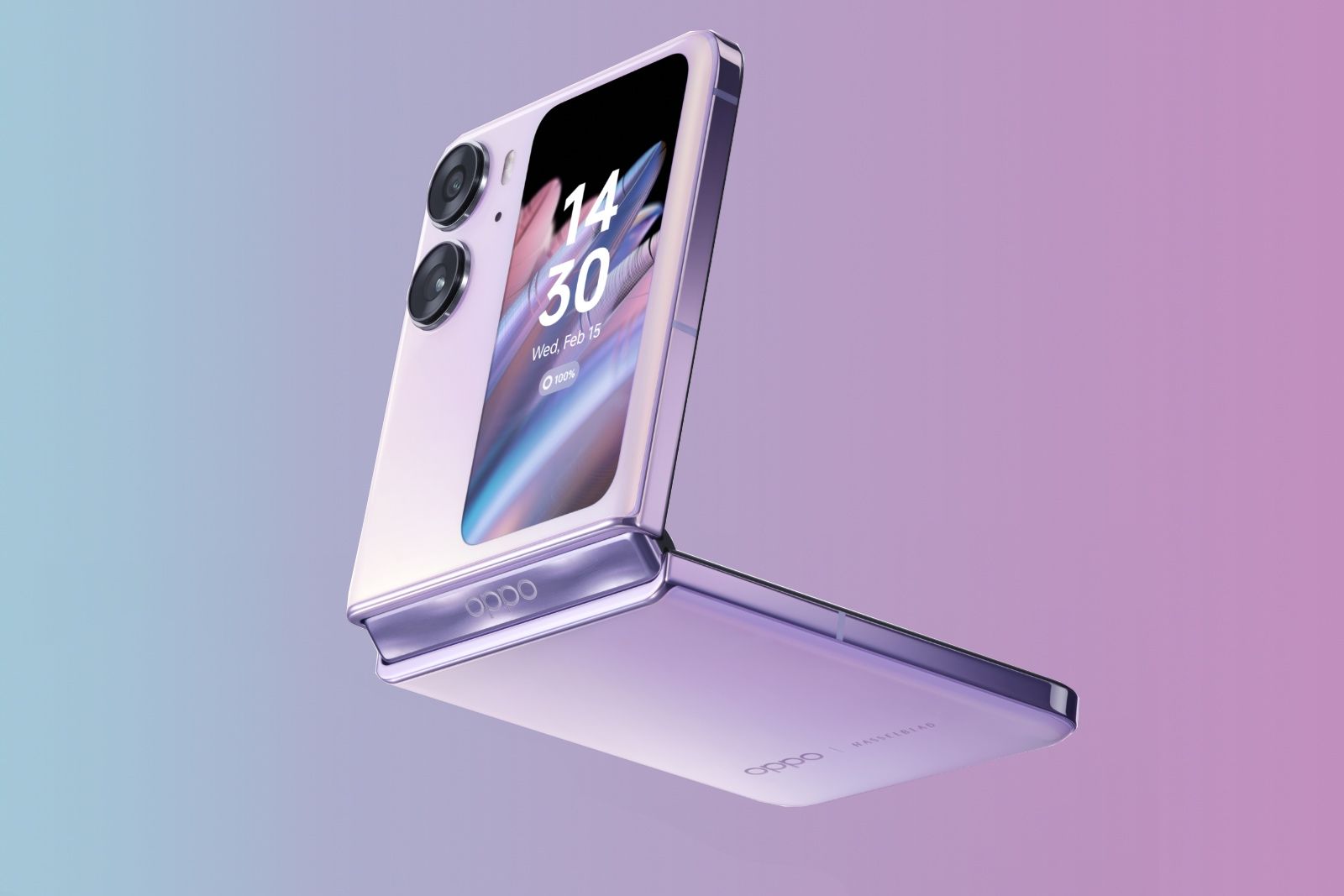
Oppo Find N2 Flip
King of the flips
Oppo's biggest differentiator with this foldable clamshell smartphone is the big vertical display on the front cover. It offers a lot of functionality, with easy view of notifications and data from other useful widgets.
- Big vertical display on the cover
- Main display crease is almost invisible
- Flagship power from Mediatek
- Gap-less design when shut
- Cover display functionality is a little limited
- Ultrawide camera isn't hot
- No IP rated water resistance
Design
- 166.2 x 75.2 x 7.5mm (open) - 85.5 x 75.2 x 16mm (shut)
- Gorilla glass 5 outer - Aluminium frame - Black or purple colours
- No-gap "invisible crease" design - No IP rating
One of the great things about the foldable phone market is that - due to differing approaches to displays and hinges - each flip phone we've seen so far is quite different to the other. We'll get a little more in-depth on the cover display shortly, but its placement on the front cover means you're unlikely to confuse this with any other foldable clamshell smartphone.
With the screen off, almost half of the available surface area of that front cover is taken up by a black rectangle. Subtle, it is not, but that design is very much more about function than form. Look at it from the sides, and you might just confuse it with the Galaxy Z Flip, especially if you're looking at the purple unit we're reviewing. It's got light purple (or lilac) glass on the front and back, with polished, purple aluminium edges all the way around the sides.
The glossy glass on the outside gives it quite a slippery feel. In fact, over the course of the review testing period, it has found its way to the floor many times without any encouragement. It's as slippery as an eel, and will gladly slide off just about anything you put it down. Thankfully, there is another option: Astral Black. That version has a similar nano-textured matte glass as other phones we've seen from Oppo and OnePlus recently, so if you're worried about your phone slipping off things, out of pockets or your hand, that's the one to go for.
That's as far as it goes with colour and finish options, and we can't help but feel Oppo has missed a trick here. With these compact phones - particularly with the flip style - we've long thought they're just as much a fashion item as they are functional pieces of futuristic tech. Samsung gets it right by offering multiple colour options, and even the ability to order a bespoke colour combination. Oppo gives two colours, and nothing more.
One really important design feature is that of the hinge and folding screen on the inside. Like the models from Motorola and Huawei, the screen curves in a water drop shape when the phone is shut, and that helps ensure you don't have the single line across the screen being subjected to all the pressure, and therefore, not creating a distinct crease.
This aptly named 'Invisible Crease' is difficult to see, but not impossible under the right lighting and at the right angle. It's nowhere near as visually distracting as Samsung's though, and you can't feel it under your finger that obviously either. The other benefit to this design is that when the phone is shut, there's barely a gap between the two sides of the phone's display. No gap means there's no space for dust and pocket debris to collect, solving another pain point from Samsung's efforts.
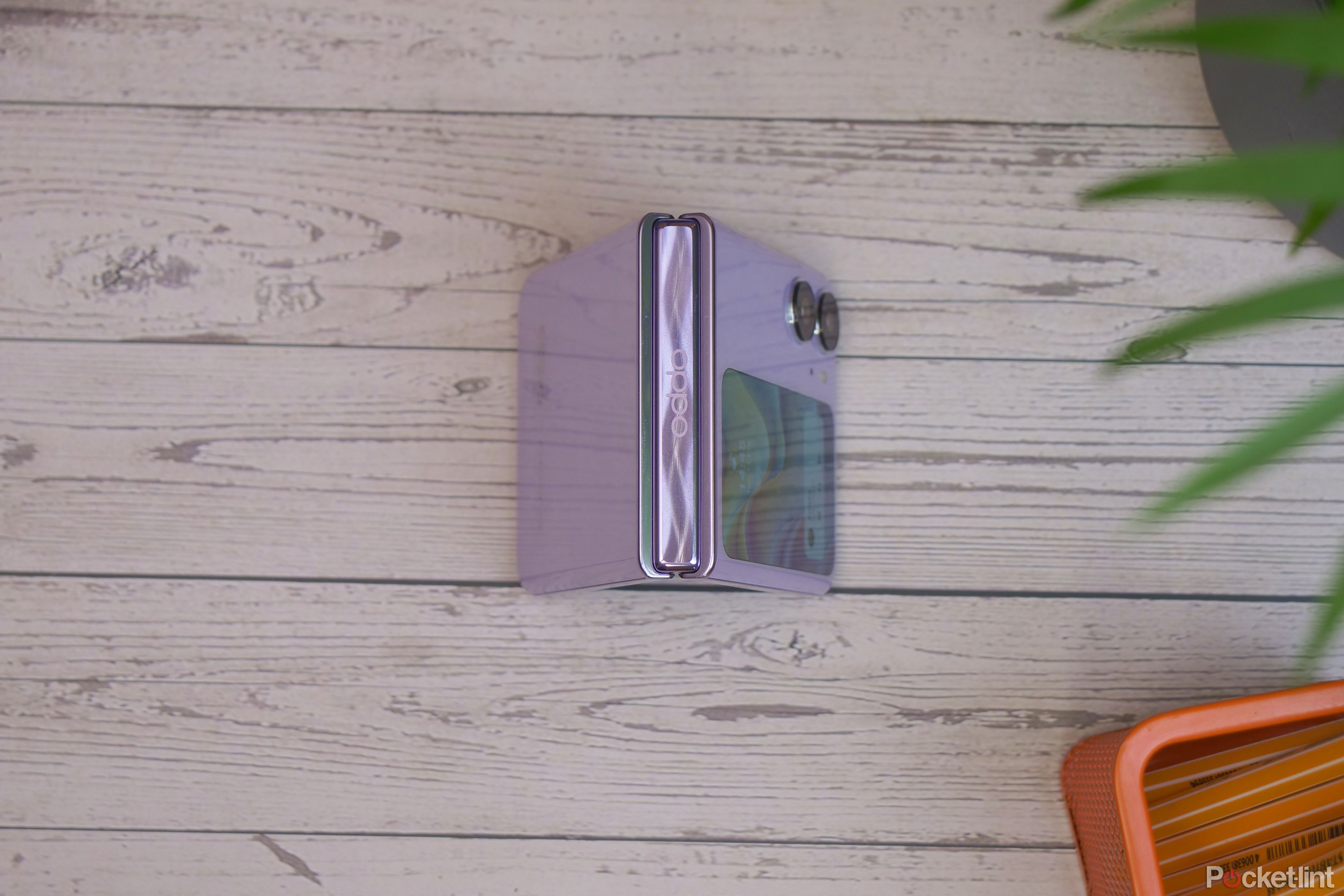
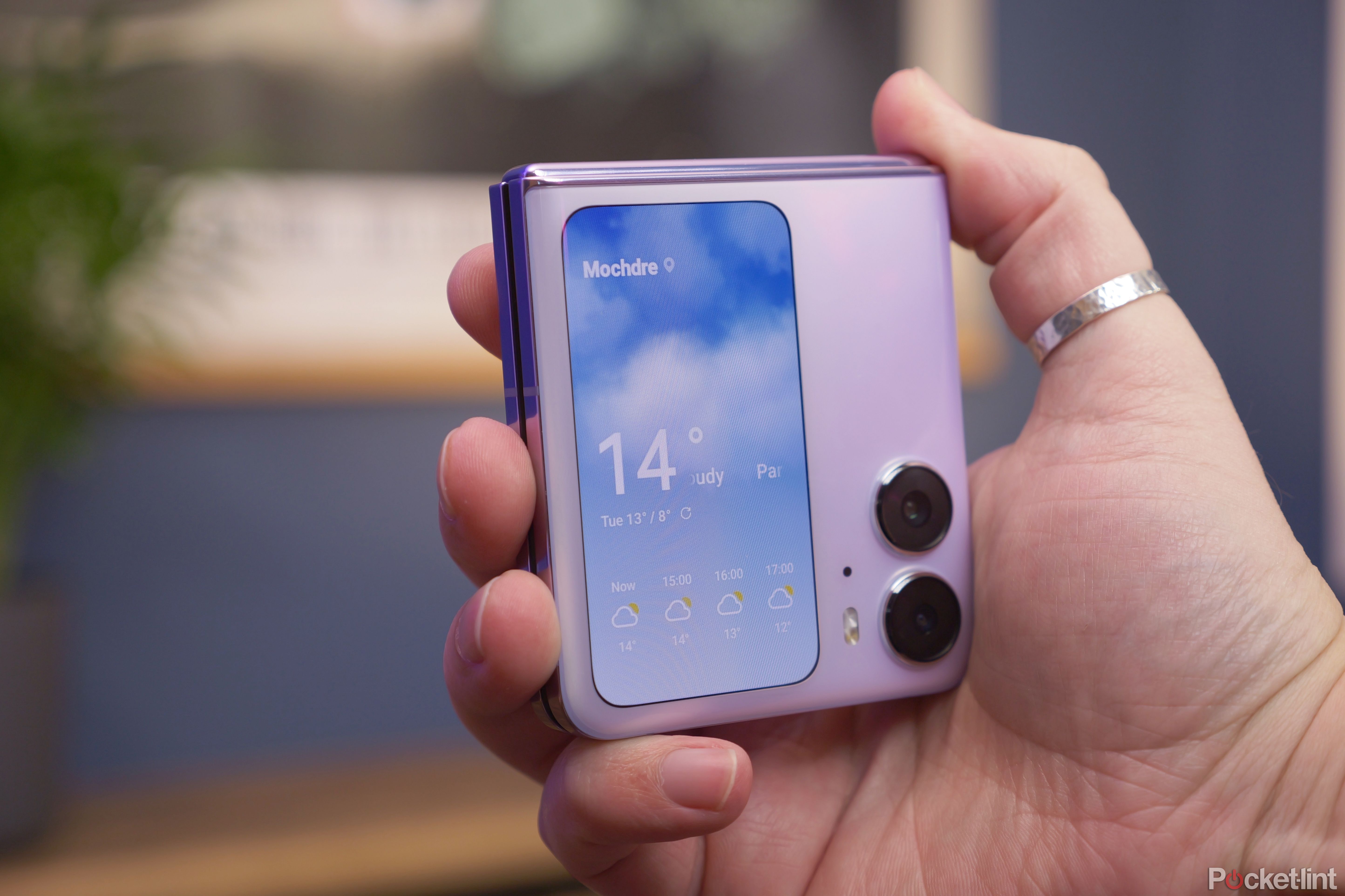
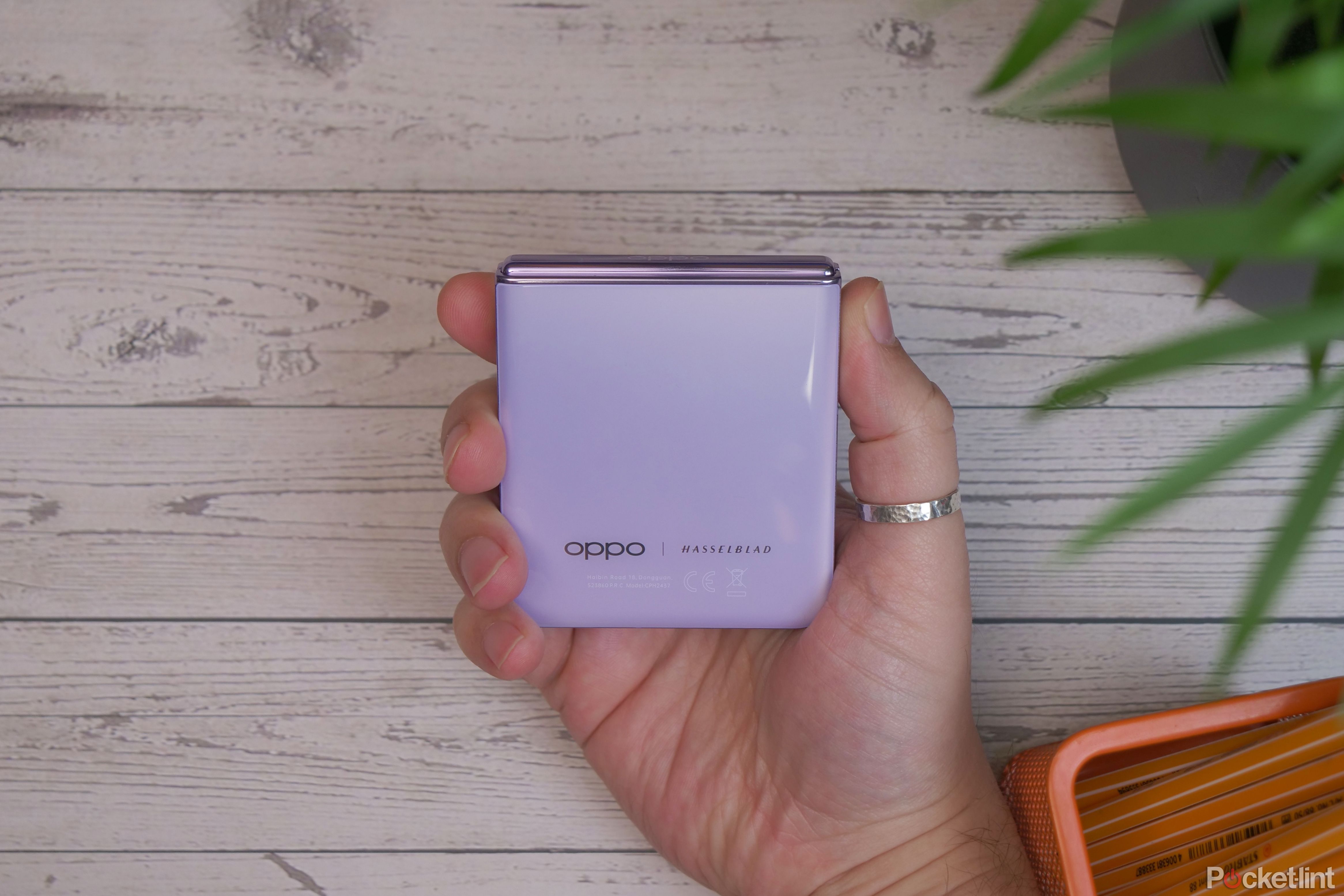
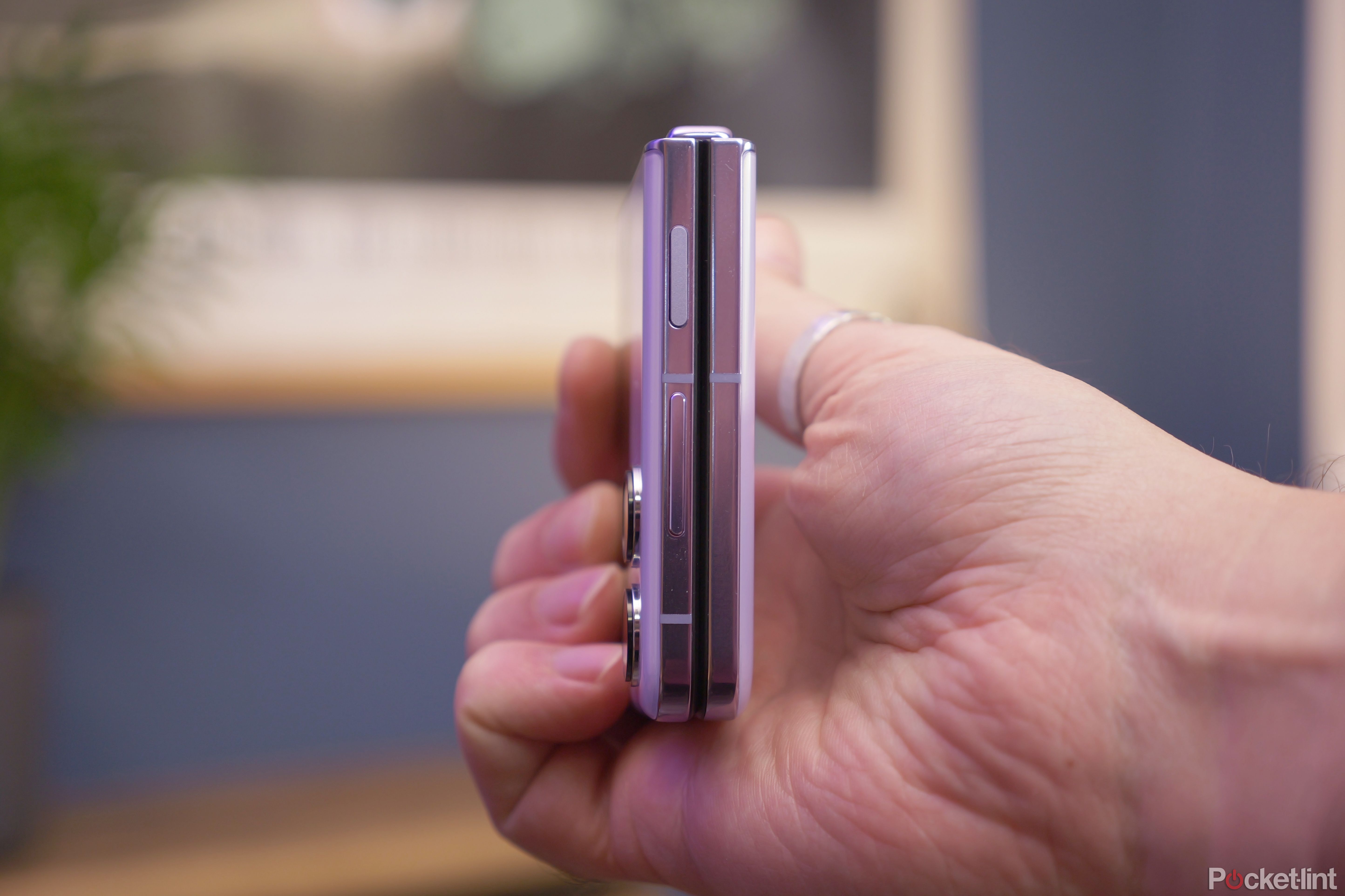
As useful as that is, Oppo hasn't gone to the trouble of certifying the Find N2 Flip against water or dust, so it can't officially claim to be water or dust resistant. It's a shame really because otherwise, the thoughtful design is impressive for the company's first effort at a clamshell. As for the durability of the hinge and flexible display, Oppo says it's been certified to withstand 400,000 open and shut actions, which should give some confidence that the phone will last a typical phone lifetime. It's worth noting that these tests are done in robotic, sterile environments and don't account for everyday real-life usage, and with the screen not being as rigid and durable as standard smartphones by its very nature, you still need to take care of it a bit more than regular phones.
The hinge itself does feel as though it could be a little stiffer. In testing we've found it a little loose and springy, so it doesn't take much persuasion for the display to spring back into its completely straight mode. That's great when you want to open it up and use it like a regular phone, but if you want it to hold an angle, you have to be quite precise and deliberate about it. It also means it doesn't take much force to accidentally start bending it. We found this when playing games in landscape mode, particularly when swiping across the middle part of the screen, it doesn't hold as rigidly as we'd like.
Displays and software features
- 3.26-inch AMOLED cover display - vertical 382 x 720 resolution - 900 nits peak - 120Hz
- 6.8-inch internal foldable display - 1080 x 2520 resolution - 1600 nits peak - 120hz
- ColorOS 13 based on Android 13 - Interactive pets on cover screen
Oppo's focus with displays is very much around trying to remove compromises often associated with the foldable clamshell smartphone. Its cover display is - in essence - a miniature smartphone display. What we mean by that is that it's a vertically oriented rectangle display with an aspect ratio that's virtually the same as what you'd find on a traditional smartphone.
The idea behind it is to offer you a more practical screen that allows you to read more lines of text, so it can fit more data in it than Samsung's Z Flip 4, or Huawei's P50 Pocket. It's genuinely great for checking notifications, because it'll display them all in a neat list, and you can tap on messages and - as long as they're not super long - read an entire message right there and then on the cover screen. You can even reply, as long as you're happy to use one of a handful of preset quick replies. This is where it can feel a little limited, however.
It feels like it needs the ability to type or respond with proper replies. Whether by using a small keyboard on the screen or using voice-to-text dictation, it should be possible to write a quick reply without having to set it up as a preset. Or having to rely on single emoji reactions. You do get plenty of other widgets to swipe through though.
Those include a detailed weather widget, calendar events, notifications, a voice recorder, timers and even an interface for controlling connected earphones/headphones. With our OnePlus Buds Pro 2 - as an example - the cover screen gave us quick and easy access to the noise cancellation controls and offered up the battery levels for both buds and the charging case. You can also - of course - use the cover screen as a monitor for taking selfies with the main cameras. If you're in the habit of shooting portrait selfies, it makes a far better monitor/view than most other phones of this type.
Oppo's even had time to task its designers with adding a touch of whimsy to the cover screen's software, serving up interactive pets as an option instead of your usual wallpaper. With one of the animals - cat, dog, hamster, budgie or rabbit - selected, you'll find your 'pet' eating, listening to music, playing, sleeping or reading depending on the time of day and what you're doing at the time. For instance, when we were listening to music through our buds, our pet cat was on-screen with earbuds in listening to music on its own Find N2 Flip. It's very cute and silly, and we don't hate it.
Our only real complaint is that the software on the cover display was a little buggy in our experience. The media player widget seemed to be there constantly, even if we manually stopped and closed our music app. There were also occasions when the screen would stay on permanently when plugged in to charge. It happened once or twice in our testing and wasn't consistent at all.
The internal screen is very much the usual type for a flip phone. Oppo's clamshell has a large 6.8-inch 21:9 ratio AMOLED panel which sings all the right notes for a flagship screen. Those include a peak brightness of 1600 nits, up to 120Hz refresh rates and support for HDR10+ content. The refresh rates are adaptive too, using LTPO technology to quickly adjust down to 1Hz when needed, or as high as 120Hz when the content demands it. It's a very vibrant panel with attractive, saturated colours and clean details.
All in all, it's a very capable display. At 6.8-inches, there's lots of screen real estate to play, although at 21:9 ratio it's still a little narrow. With that said, the cinematic ratio does mean more of the display gets filled with content when you're watching movies or gaming. The pillar boxing isn't too extreme, and it never feels cramped. Plus, the crease being quite minimal means there's not much to hamper the viewing experience.
Like any foldable display, it has its limits. Because the outer is more plastic than glass, it doesn't have that same crystal-clear optical quality you'd get from a glass-covered rigid phone. It also shows fingerprints up quite a lot easier, and - while it's bright enough to cut through most reflections - it does struggle a little with bright reflections obscuring the view.
On the software side you get all the usual benefits of ColorOS, this time based on Android 13, and very similar to the software you'll find branded as OxygenOS on the OnePlus 11. It's one of our favourite Android skins and - although not as feature-rich as Samsung's One UI - it has its benefits. It's relatively bloat-free, relying mostly on Google for default apps, and with lots of customisation choices to change the look and feel. It even has the ability to use custom icon packs, without having to install a separate Android launcher.
We'd love it if Oppo had done more to optimise the software for the flexible display, however. It's got the basics, like pushing video to the top half of the display when watching YouTube when the phone is angled upright, and doing the same for camera - moving the monitor to the top and controls to the bottom, but that's about all you get. The non-Flip variant Find N2 has a much fuller collection of features with its 'FlexForm' mode, offering access to quick tools, and a touch pad on the bottom half. It'd also be great if the video players offered video playback controls on the bottom half of the screen, which it doesn't currently. So there's no convenient way of scrubbing through video or adjusting volume.
Hardware specs, battery and performance
- MediaTek Dimensity 9000+ chipset - 8GB RAM - 256GB storage
- 4300mAh battery - 44W SuperVOOC wired charging
Make no mistake, the Find N2 Flip is a proper flagship phone. The chipset inside may be made by a slightly less familiar brand than Qualcomm, but don't let that fool you into thinking it's a poorer chipset than the flagship Snapdragon.
Oppo partnered with Mediatek on this one - and has opted for the Dimensity 9000+ platform - which is the same chipset that's in the incredibly powerful ROG Phone 6D Ultimate. It's clocked to a slightly slower speed, but it's more than capable of delivering a smooth, fast and responsive experience. Especially when combined with that 120Hz primary display on the inside. In all of our time testing the phone it seemed responsive and quick to load apps and games. The interface glides effortlessly under the fingertips.
It handles all of our games without any issues, keeping up with quick animations and not once dropping the resolution so that it could keep up. As we've mentioned, it's a proper flagship processor, and it acts like one. We could comfortable play hours of our favourite Mario Karts Tour game without it choking or getting too hot.
Perhaps unusually, it's the battery we were most interested in when it comes to the internals. Oppo said the entire internal design was tweaked and optimised to ensure it could fit in an almost proper-sized battery inside the flip phone. As a result, the Flip offers a much larger capacity than what you'll find in the Galaxy Z Flip (3700mAh), the Moto Razr 2022 (3500mAh) or the Huawei P50 Pocket (4000mAh). At 4300mAh, it's the biggest battery we've seen in a phone of this style, so it was a little bit of a disappointment then that it didn't lead to any huge gains over the competition - perhaps because of the larger, more graphically-rich cover display. It doesn't have a problem getting through the day, and still lasts longer than Samsung's, but we'd often find we'd drop to around 20 per cent by bed time with fairly moderate usage. We'd never try to get it into a second day, and heavy users might still want to carry a charger around with them.
Once empty, it uses Oppo's SuperVOOC flash charging technology to refill quickly. Oppo claims this 44W charging will offer a full charge in about an hour, but interestingly our unit shipped with a 67W charger. e'll need to test and see if it refills at the maximum on offer from the charger, or if it is throttled somewhat and the 67W adapter is in the UK retail packaging because 44W UK adapters don't exist. We've asked Oppo directly about this and will update you when we get an answer.
Cameras
- 50MP f/1.8 main camera - 8MP f/2.3 ultrawide - 32MP selfie camera
- 4K/60 video recording - MariSilicon X NPU - Hasselblad colour science
The camera department was one area we were a little concerned about with the Find N2 Flip before even trying it. The primary camera specs are familiar to us by now, and match what Oppo and OnePlus have been doing on their flagship phones for a couple of years already. That's to say we get a large 50-megapixel sensor which pixel bins to create larger pixels - in theory, making it better at capturing light, detail and colour. It is - however - paired with a poorer-quality ultrawide lens.
There's no dedicated zoom camera on the flip, but with its high-resolution main sensor, it makes use of sensor cropping to offer digital zoom. With this you can zoom up to 20x, although - understandably - the detail and quality of the image does start to drop as soon as you start zooming.
The primary camera - in its default wide setting - is actually decent. In good light, it'll deliver photos with realistic colours, fairly strong detail and a good balance of highlights and shadows. It doesn't seem as sharp as it could be, and does lack a little bit of excitement but there's an authentic look to them.
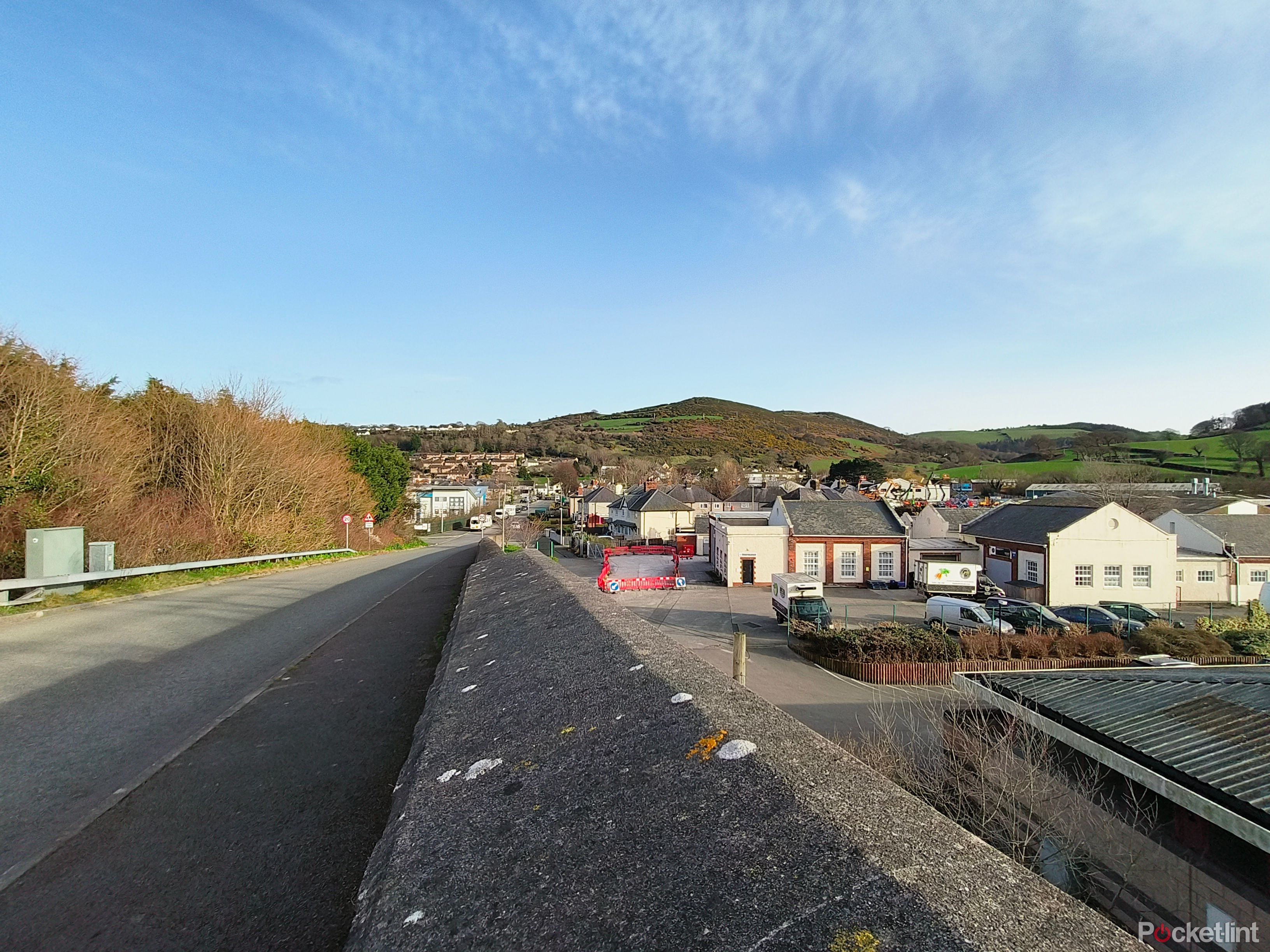
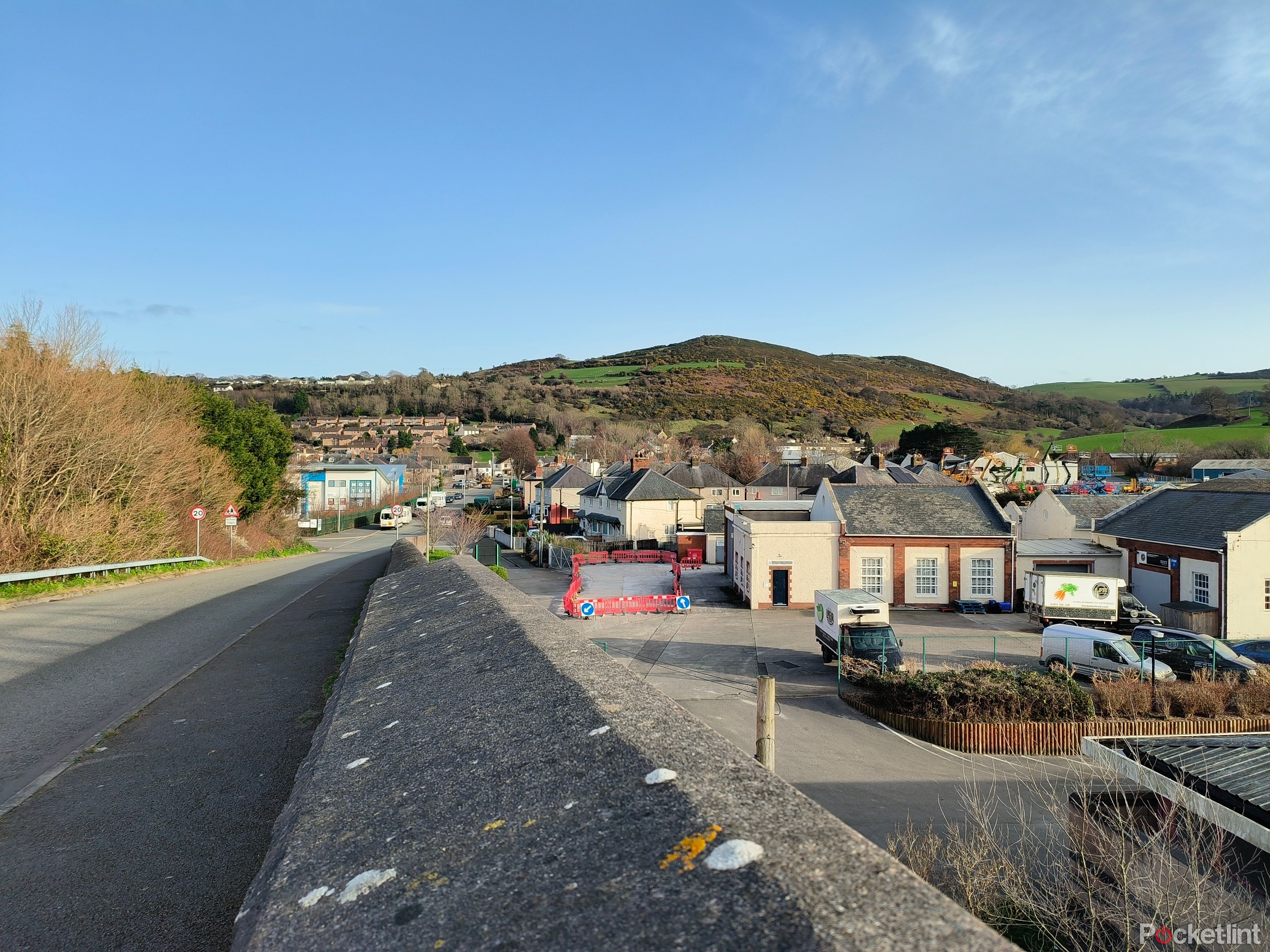

In challenging light conditions the HDR kicks in to balance out highlights and shadows. It's in these challenging conditions where we also see more clearly the gap in quality between the primary camera and the ultrawide. Because that gap is quite big.
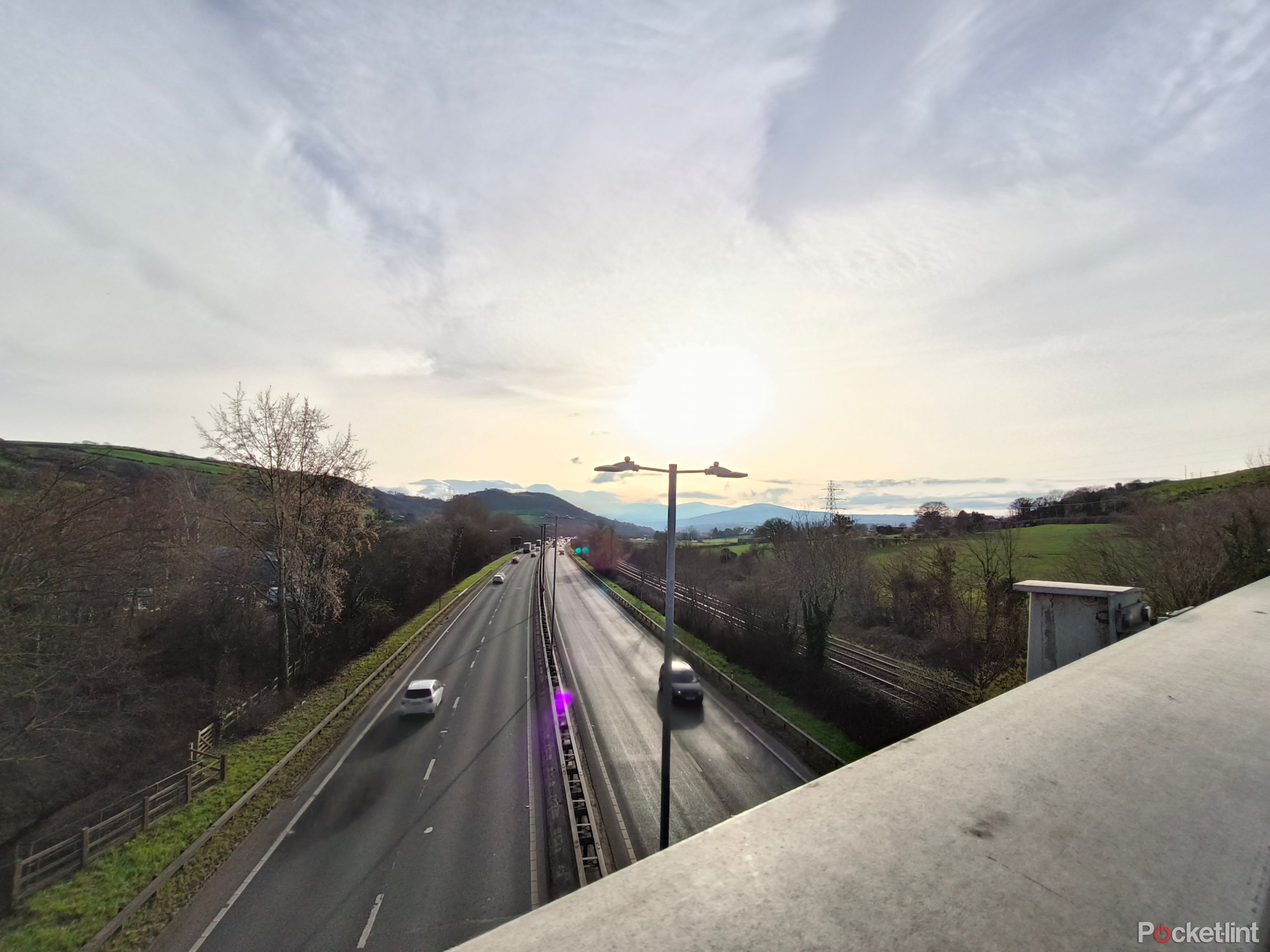
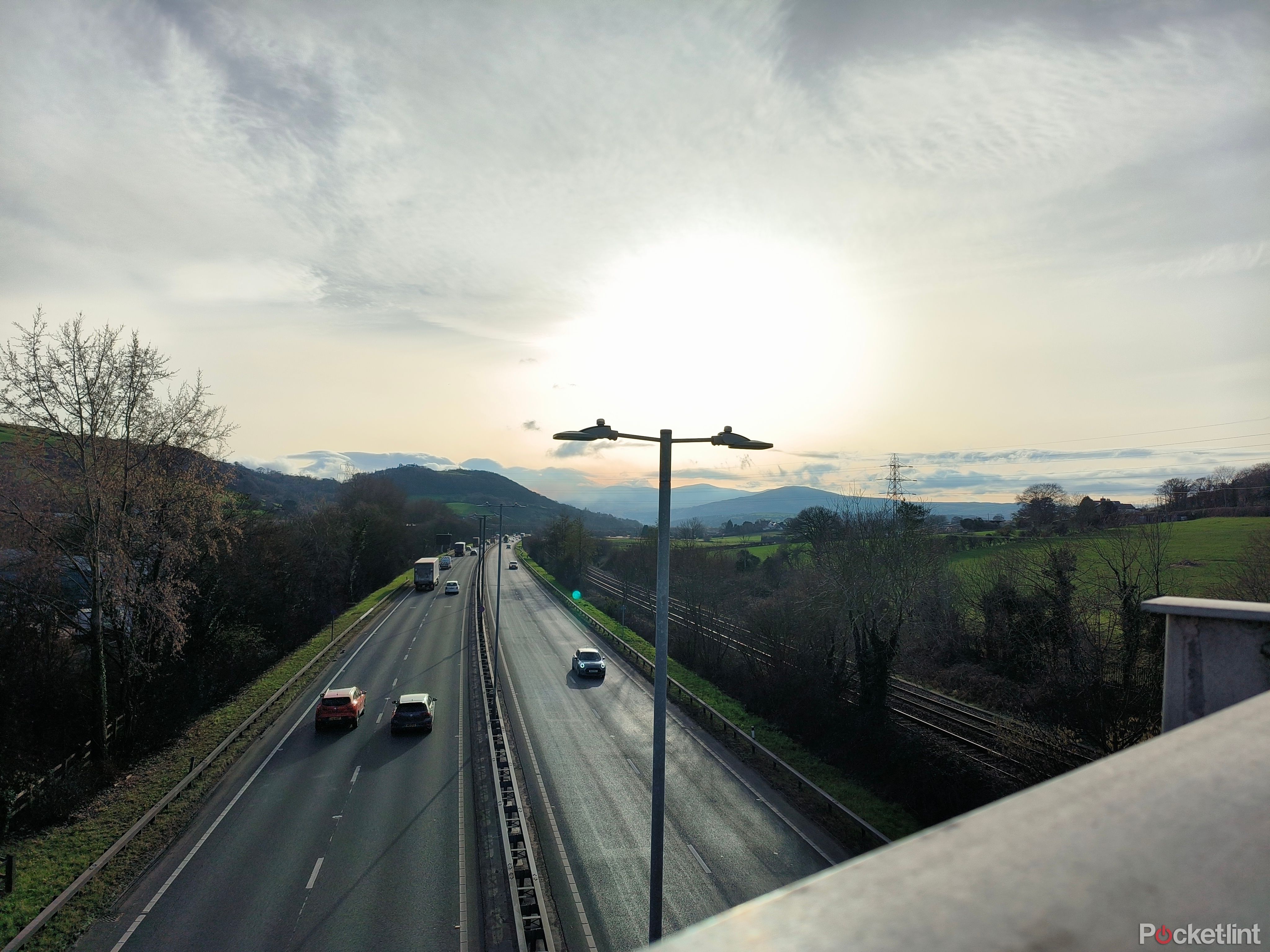
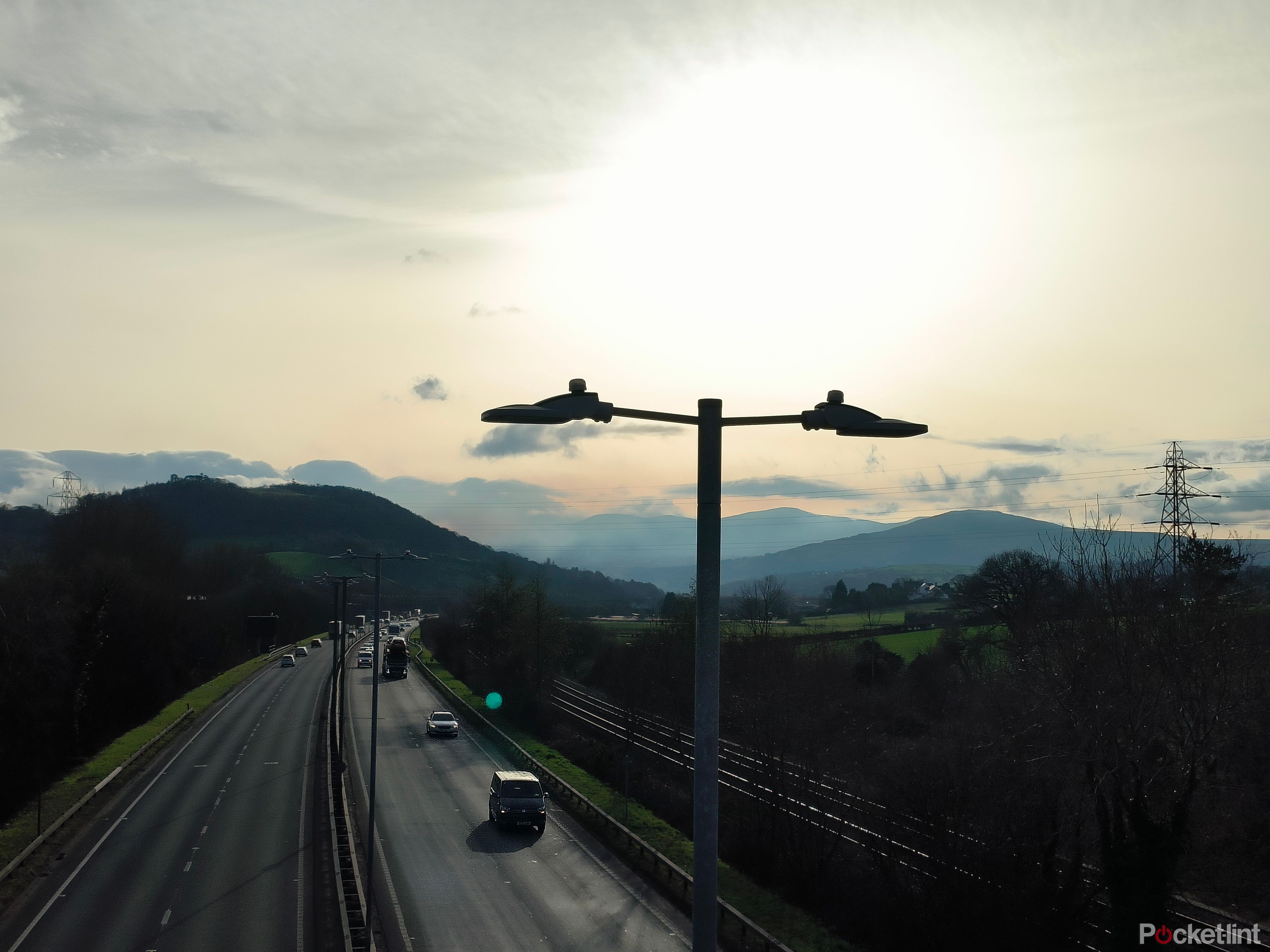
As we suspect when we first saw the spec sheet - and having experienced a similar camera loadout on cheaper phones - the ultrawide does struggle to keep up with the main camera. It lacks the crispness of the main camera, often delivering images that are lacking in detail and look soft or out of focus. Any motion is exaggerated, and it struggles in lower light conditions. Results are often noisier - especially in the shadows - and it distorts towards the edges. On the plus side, most of the time it at least matches colour with the main sensor.
Still, stick to the main camera and you'll likely be happy enough with the results in most conditions. It does a decent job with portrait mode shots as well, adding background blur and - for the most part - with good edge detection. The bokeh effect can be a little heavy and unnatural at times, but it does get right up close to edges and only seems to mess up with complicated shapes.
As mentioned, the joy of having a big viewfinder on the front cover is that you can use the primary lens to take selfies, and you won't regret it if you do. It's a much better camera than the punch-hole selfie camera cut into the main display on the inside. That selfie camera has a tendency to over-expose, struggle to even out highlights and doesn't have the same depth of field as the main camera, so images can look a little flat.
Verdict
There's a lot to like about Oppo's approach to the flip phone. The vertical cover display is the big talking point, we think, offering a much more useful exterior screen than what we've seen from the likes of Samsung or Motorola, even if it does look a little odd. We still think the software could be optimised further to make better use of it, but it's a handy tool to have for quickly getting information and notifications up.
The almost crease-less display is great, it's rich and vibrant and the gap-less design when closed makes it seem really neat.
We'd love to see a hinge that holds better at different angles, and more features added to make use of the flexible display. A better ultrawide camera would be wonderful too, but on the whole the Find N2 Flip is a strong first album from Oppo. It's compact, attractive, fast, quick to refill and looks flippin' cool. Yes, that pun was intended. It also doesn't cost a hideous amount.

